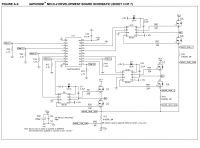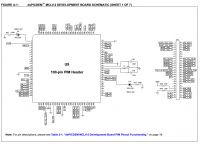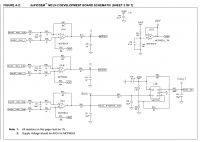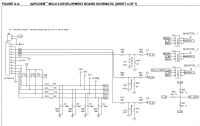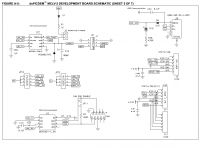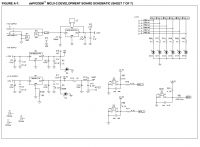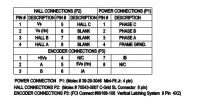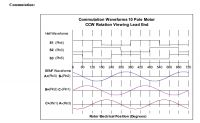electronicsman
Full Member level 5

I am not sure if i am asking the question properly. If i am trying to drive a motor using H bridge, if the current drawn from the power supply is more means the switching is better and the torque is more or the current drawn should be less? On what factors does the current drawn depends?



